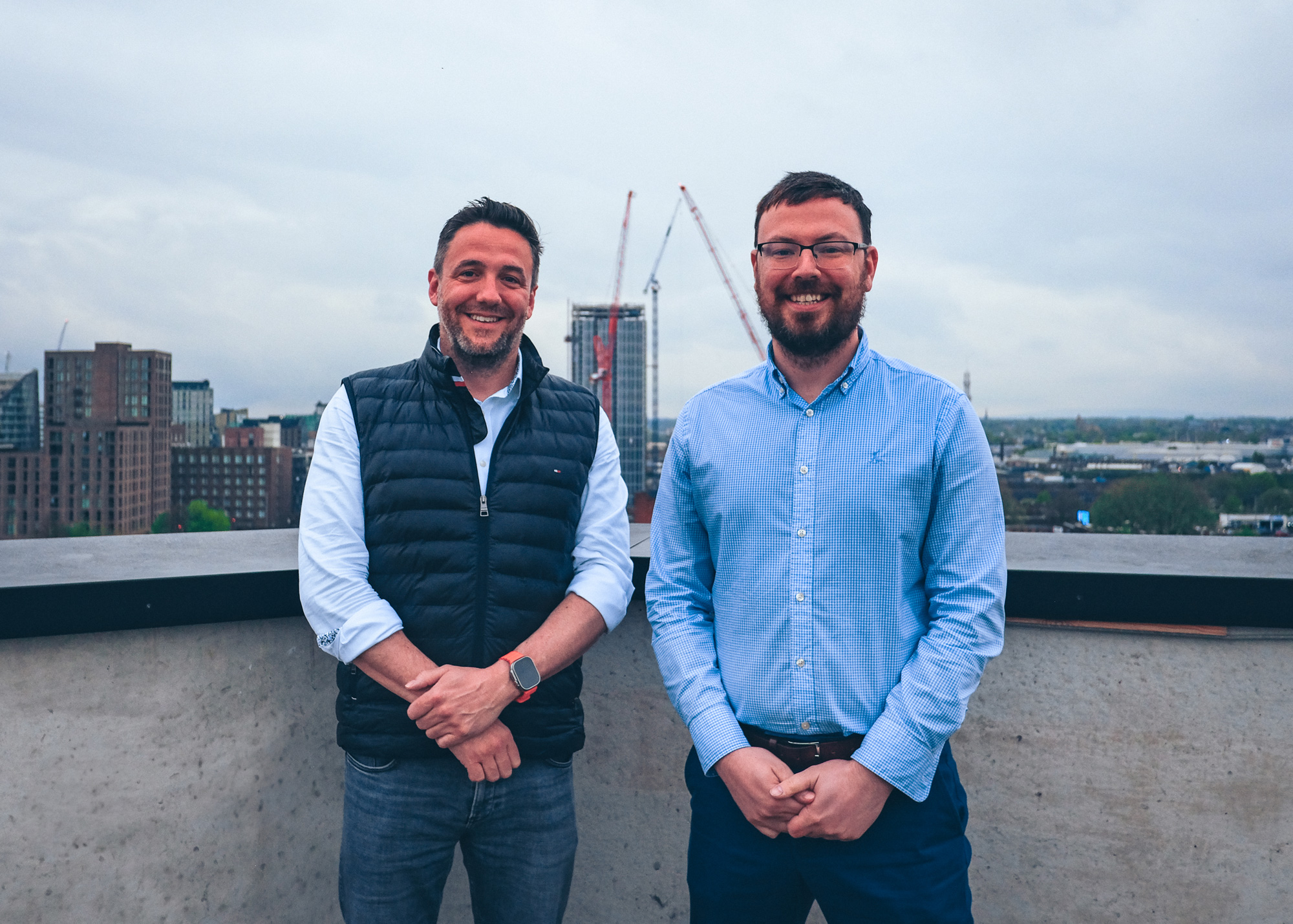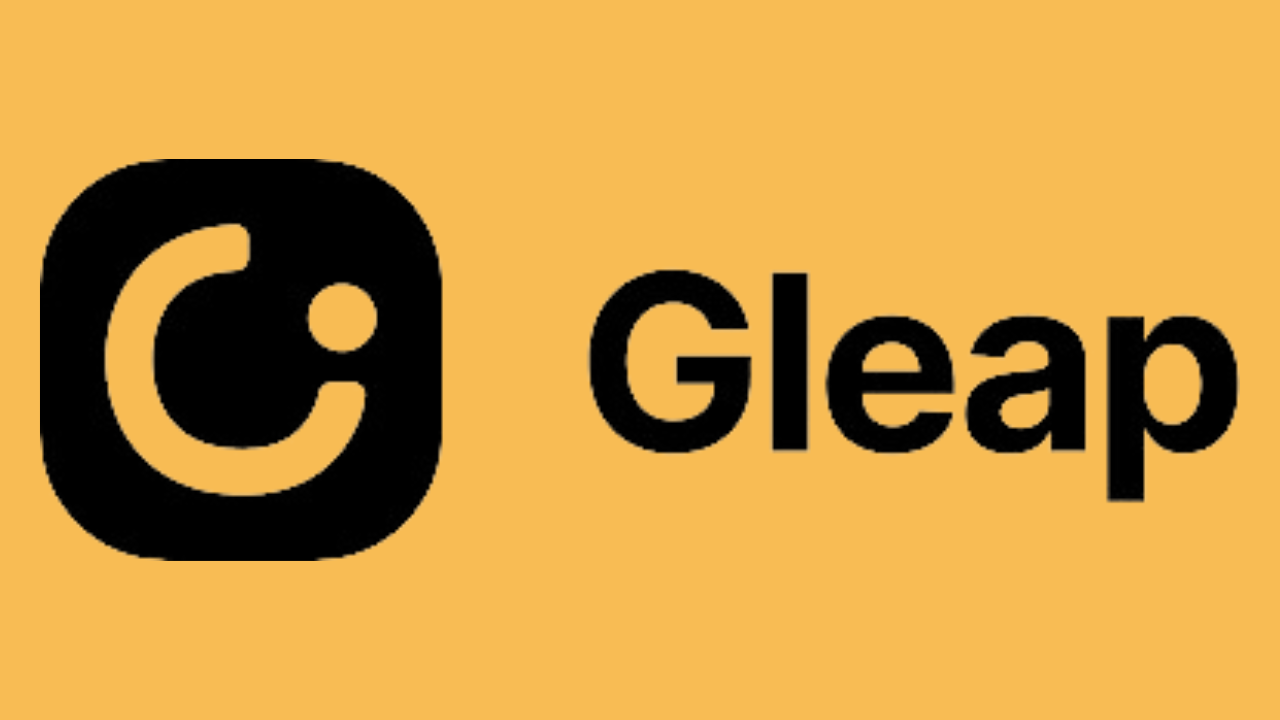One of the questions we frequently get asked as a software company is: “How can you get our on-site workers to use it?”
Switching to a new software solution is no small feat - it’s a complete change in your business processes. And it can be particularly challenging when it comes to getting your on-site workers on board with using it.
There is often a lot of pushback when trying to get site teams to use software, regardless of how much potential the technology has to improve their efficiency. The big, ‘one size fits all’ software solutions in the construction sector are mostly geared towards the design, costing, planning, and overall project scope aspects of a construction project and these are often great products that do very well. However, they often have field bolt-ons that are complex to learn and difficult to use, when they should be the most intuitive aspect. By trying to do too much, they alienate their core users out in the field.
As a result, construction software can start to yield inconsistent results, as teams get frustrated and back away from daily use.
These are some of the key reasons why, and how you can avoid them:
- Implementation
- Lack Of Training & Support
- Complexity
- A "To-The-Point" Solution
Implementation
Work doesn't stop. Conducting business as usual while learning, training and migrating to a new system is really hard. Often, due to a lack of funding, a lack of staff resources, or both, employees are asked to tend to the tasks of their core job and contribute to the software project. This practice can be detrimental to the effort, causing the implementation period to go on longer than initially planned. In fact, research indicates that over 35% of ERP implementations take longer than expected.*
Having an implementation manager can help with this. This is ideally someone with a broad knowledge of the sector and your organisation, who can quickly pick up the software and champion it among your workforce.
The project lead should be someone with the authority and ability to make business decisions in order to keep the process moving. A failure to progress on the project is guaranteed to lengthen your implementation time – and increase costs.
*Panorama Consulting Solutions. (2011). Ten Tips for a Successful ERP Implementation [white paper].
Lack Of Training & Support
Implementation can go awry or even stall altogether if clear goals and timelines are not laid out from the beginning. It is important to set up a plan that makes sense for your needs and resources and to ensure agreed-upon milestones are met along the way. The lack of a detailed, comprehensive training methodology can derail your project altogether.
People take in information in different ways. Any support network needs to consider this and be tailored to:
- Individuals
- Business needs
- Work patterns
It cannot be restricted to a generic 9-5 support line. A long term, scalable software provider will offer an extensive selection of online product documentation including user guides, help files and video clips to help with your training.
Support should be ongoing beyond the implementation period. Ongoing education such as webinars, online product documentation or new feature training sessions are essential for long term implementation.
Complexity
Businesses require system users at multiple levels. Some may be basic users, power users, administrators and some may be strictly IT users. When it comes to systems implementation, project managers in the software industry need to be versed in all the different types of users with specific systems, and the types of user access rights and permissions for each. This can become extremely complicated depending on the system.
Some businesses utilize user-specific models or role-based models. There is a fair amount of technical knowledge that is required to ensure systems implementation projects go smoothly and user level requirements are properly and fully addressed to ensure internal controls are followed correctly.
Providing a software solution that is relevant to each individual user is key for successful adoption. Features and options need to be tailored to each user.
Too many options and lots of features that have nothing to do with that particular user can be extremely overwhelming and create resistance to entering the data that is critical to successful project delivery.
A "To-The-Point" Solution
A to the point solution is a platform that solves a specific issue within a wider topic of problems or processes. This is exactly what a site-based team need. They don't need a tool that does design, accounting or payroll but instead a software that instead focuses directly on a field solution.
A tool specialising in reporting, tracking of resource and managing tasks to stay to programme and budget.
Bottom line: they need something that will be more efficient than their current pen-and-paper process, and easier to use than their all-in-one construction management software solution.
This is where Raildiary comes in…
Raildiary is built around being a product that is easy to use. It is paramount that daily reporting and field management is easy to do, so that superintendents, project managers, and foremen can get back to the important work and not spend all day catching up on admin.
Raildiary makes field workflows simple, easy, and enjoyable for the people who hold reporting as a daily duty.
No more scribbling down inefficient notes on a daily journal or fiddling with an overcomplicated construction software solution.
Try out Raildiary and see what it can do for your guys in the field.





